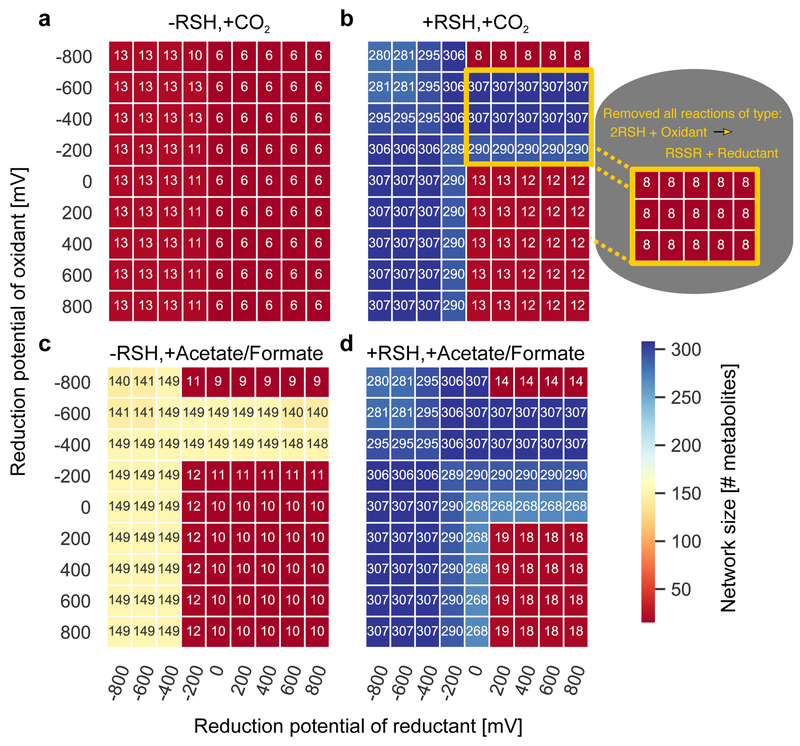Extended Data Fig. 4: Network expansion with different combinations of carbon sources, thiols, generic reductants and generic oxidants.
We performed network expansion using a seed set with both a generic reductant at a fixed potential (x-axis) and a generic oxidant at a fixed potential (y-axis) with (a) no thiols or fixed carbon, (b) thiols and no fixed carbon, (c) no thiols and fixed carbon, and (d) both thiols and fixed carbon. The color indicates the size (number of metabolites) in the final expanded network. Interestingly, a strong driving force provided by a strong oxidant (>0 mV) never sufficiently compensated for the weak driving force provided by a weak reductant (>0 mV), suggesting that oxidants have little influence on enabling expansion beyond 20 metabolites. The only conditions that led to an expansion that was greater than 20 metabolites with a weak electron donor was when the oxidant was also weak (−200 to −600 mV). We hypothesized that this was due to the ability of thiols or reduced carbon species to reduce the oxidant, enabling the production of a strong reductant. Indeed, when we removed all thiol to disulfide reactions using the generic redox system, expansion was blocked (inset).

